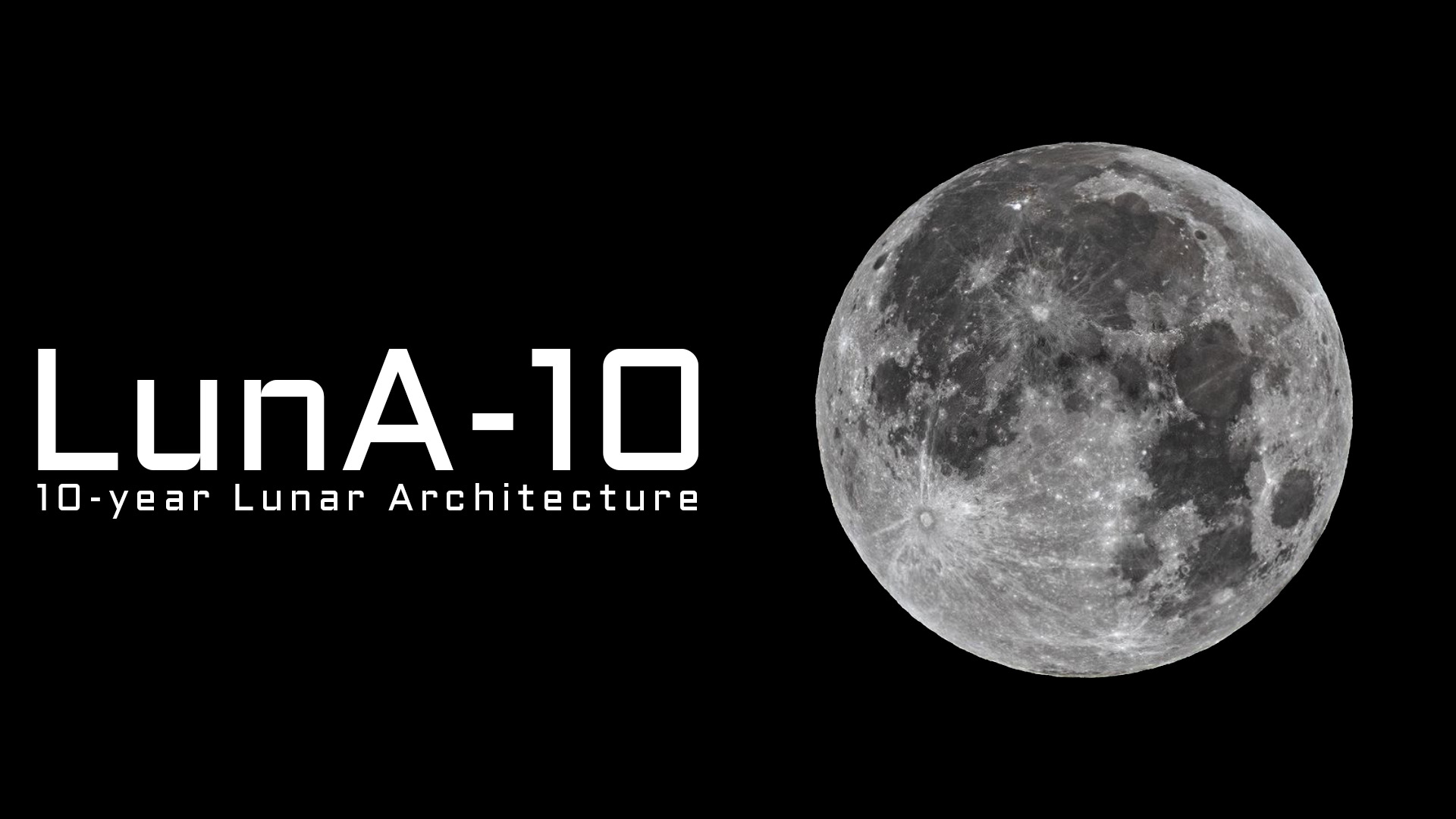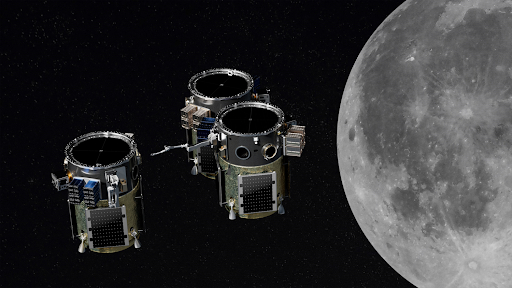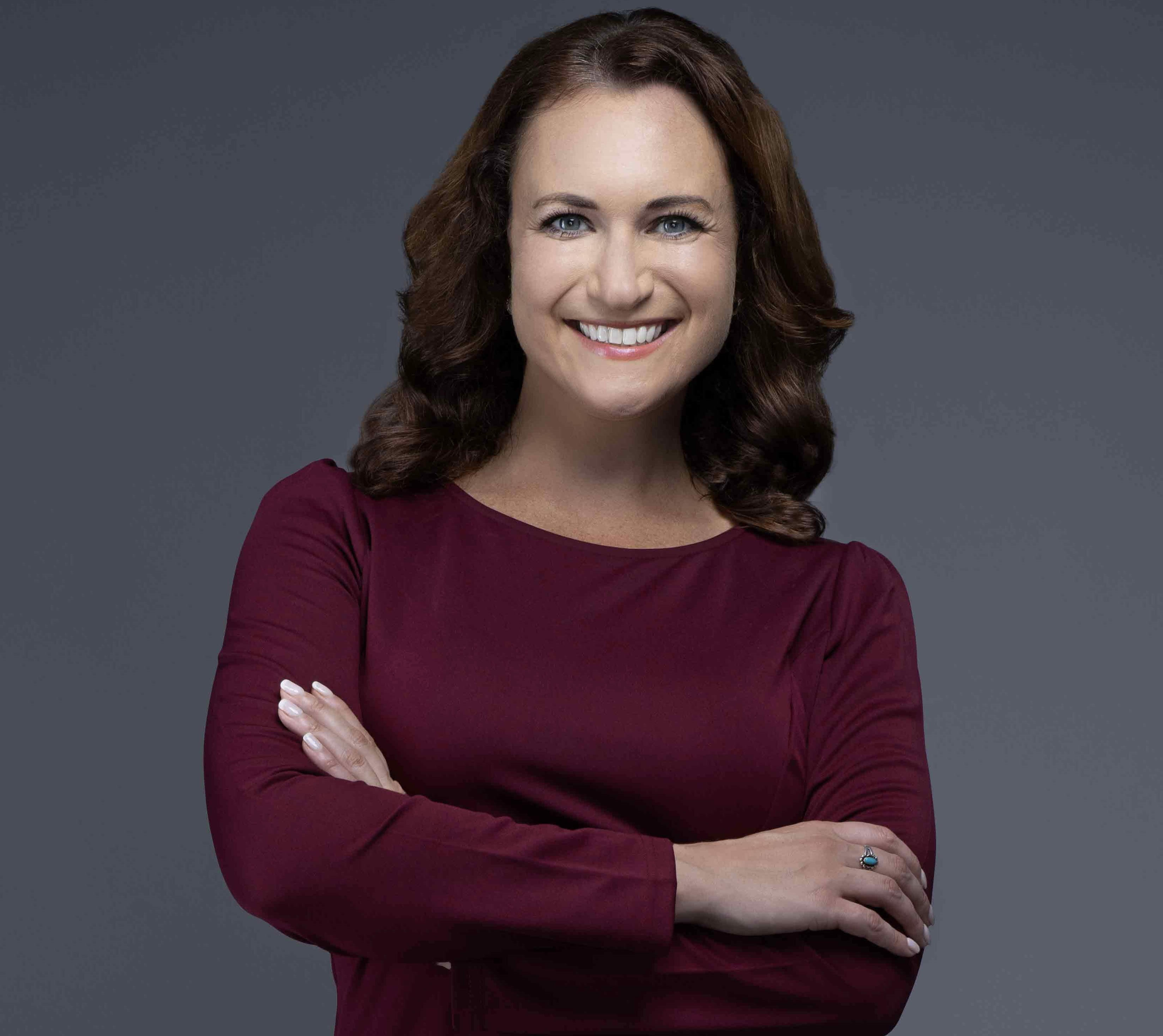DARPA moon tech study selects 14 companies to develop a lunar economy
The seven-month-long study will include input from 14 companies concerning a future lunar economy.

We've seen the movies and read the books about what it would be like to have a habitat on the moon, but in order to turn our Sci-Fi fantasy into a reality, scientists must lay out some groundwork.
That's what the Defense Advanced Research Projects Agency (DARPA), a U.S. organization that aims to develop advancements in National Security technology, will be doing while working closely with 14 companies as part of its 10-Year Lunar Architecture (LunA-10) Capability Study. This study is meant to make significant progress in the development of future lunar habitats, the agency says.
A recent statement, released by DARPA itself, announced the companies selected are: Blue Origin, CisLunar Industries, Crescent Space Services LLC, Fibertek, Inc., Firefly Aerospace, GITAI, Helios, Honeybee Robotics, ICON, Nokia of America, Northrop Grumman, Redwire Corporation, Sierra Space and SpaceX.
Related: DARPA-funded 'Inchworm' robots could help us build moon bases
"LunA-10 has the potential to upend how the civil space community thinks about spurring widespread commercial activity on and around the Moon within the next 10 years," Michael “Orbit” Nayak, program manager in DARPA's Strategic Technology Office, said in the same statement. "LunA-10 performers include companies both big and small, domestic and international, each of which brought a clear vision and technically rigorous plan for advancing quickly towards our goal: a self-sustaining, monetizable, commercially owned-and-operated lunar infrastructure. We're excited to get started and to share results with the lunar community at large."
Contributions from these companies will each add unique perspectives leading to the advancement of lunar services in areas such as lunar power; mining and commercial in-situ resource utilization; communications, navigation and timing; transit, mobility and logistics; and construction and robotics. A few examples include creating a METAL framework (Material Extraction, Treatment, Assembly & Logistics) using robots to help with lunar construction, and developing "on-orbit" spacecraft hubs.
"Firefly is best known for finding innovative solutions to some of the most complex challenges in the industry," Bill Weber, CEO of Firefly Aerospace, said in a press release. "We've identified a path to drastically improve on-orbit mission response times from years to days with scalable spacecraft hubs that can host and service spacecraft across cislunar space."
Get the Space.com Newsletter
Breaking space news, the latest updates on rocket launches, skywatching events and more!
Experts across the space community, ranging from scientists to engineers, will team up during this seven-month-long study to combine their knowledge and skills and ultimately develop a "future civil lunar framework," that DARPA says the U.S. can use "diplomatically." In other words, the structure that can peacefully be shared with the U.S.'s international relationships once complete. With this effort, the agency will focus on creating advancements in technology that will allow the nation to hold an important leadership role with future technology initiatives.

"DARPA finally did what the industry was waiting for," Gary Calnan, CEO of CisLunar Industries, said in a recent press release. "The LunA-10 team has done a great job bringing together 14 companies representing complementary parts of the future lunar economy. This effort will lay the foundation for a marketplace where the entire space domain can participate."
The companies are expected to share their work at the Lunar Surface Innovation Consortium (LSIC) Spring Meeting in April 2024, with final reports to be released in June 2024.
To learn more about the LunA-10 Capability Study, you can check out the full report here.
Join our Space Forums to keep talking space on the latest missions, night sky and more! And if you have a news tip, correction or comment, let us know at: community@space.com.

Meredith is a regional Murrow award-winning Certified Broadcast Meteorologist and science/space correspondent. She most recently was a Freelance Meteorologist for NY 1 in New York City & the 19 First Alert Weather Team in Cleveland. A self-described "Rocket Girl," Meredith's personal and professional work has drawn recognition over the last decade, including the inaugural Valparaiso University Alumni Association First Decade Achievement Award, two special reports in News 12's Climate Special "Saving Our Shores" that won a Regional Edward R. Murrow Award, multiple Fair Media Council Folio & Press Club of Long Island awards for meteorology & reporting, and a Long Island Business News & NYC TV Week "40 Under 40" Award.









